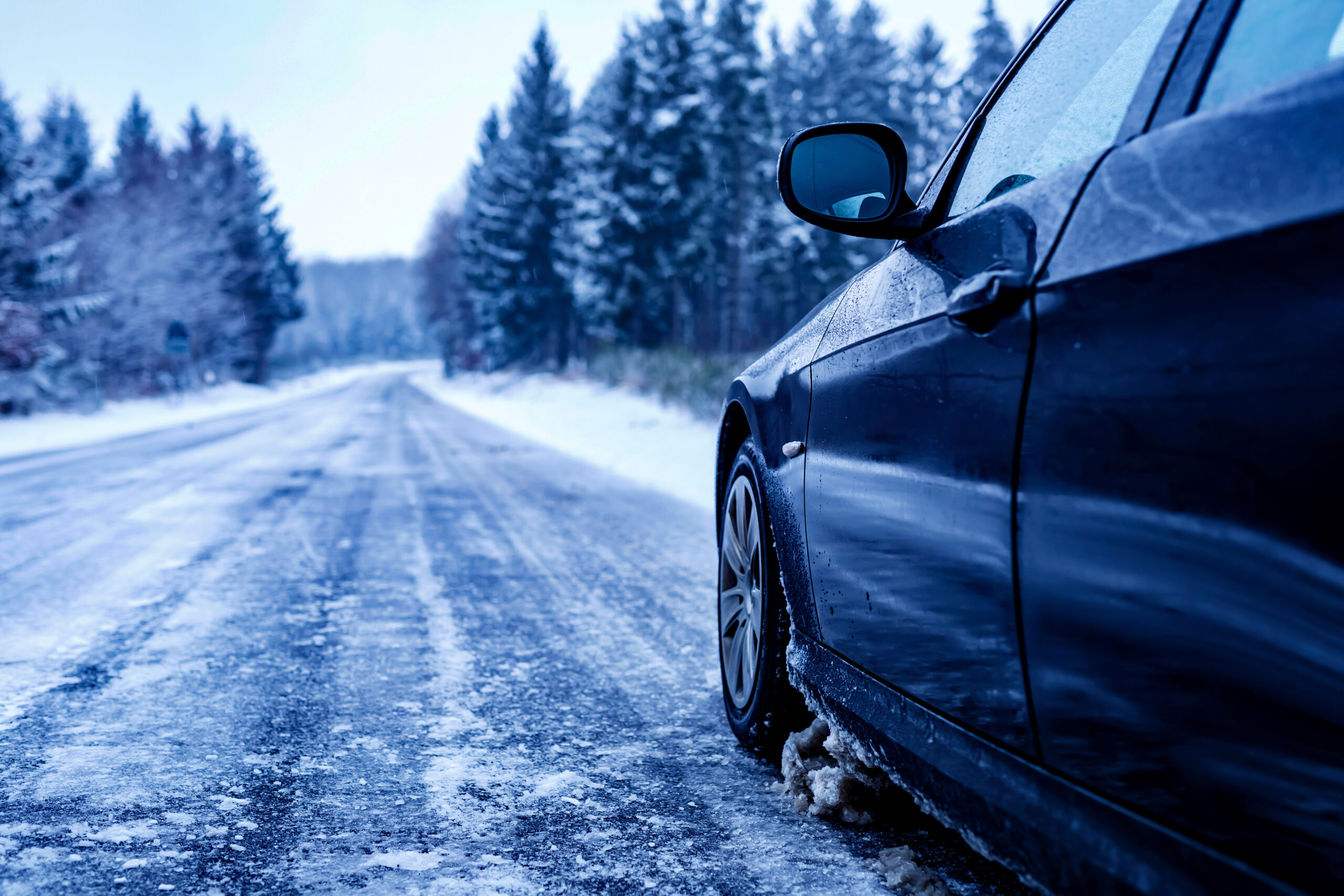As winter approaches, it’s essential to ensure that your vehicle is in optimal condition to handle the challenges that colder temperatures, icy roads, and harsh weather conditions can bring. One crucial aspect of winter preparation is to familiarize yourself with your vehicle’s dashboard warning lights. These warning lights serve as important indicators of potential issues that may arise during the winter season. In this article, we will provide you with a dashboard warning light checklist to help you prepare your vehicle for winter and address any problems promptly.
- Check Engine Light: The check engine light, often depicted as an engine symbol, is one of the most common warning lights. If it illuminates, it indicates a potential issue with the engine or emission system. Have the vehicle’s engine codes scanned to identify the underlying problem and address it before the winter season begins.
- Battery Warning Light: The battery warning light, usually depicted as a battery symbol, illuminates when there is a problem with the charging system or a weak battery. Cold weather can put additional strain on the battery, so ensure it is in good condition and replace it if needed.
- Tire Pressure Monitoring System (TPMS) Warning Light: The TPMS warning light, depicted as an exclamation mark inside a horseshoe shape, indicates that one or more tires have low pressure. Cold temperatures cause tire pressure to drop, so check and adjust tire pressures accordingly. Also, inspect tires for proper tread depth and consider switching to winter tires for better traction in snowy or icy conditions.
- Anti-lock Braking System (ABS) Warning Light: The ABS warning light, often depicted as the letters ABS inside a circle, indicates a problem with the anti-lock braking system. Proper braking is crucial in winter driving, so have the ABS system inspected and repaired if necessary.
- Stability Control System (ESC) Warning Light: The ESC warning light, depicted as a car skidding or sliding, alerts you to issues with the stability control system. This system helps prevent skidding or loss of control in slippery conditions. If the warning light illuminates, have the system checked by a professional.
- Windshield Wipers Fluid Warning Light: The windshield wipers fluid warning light, typically represented as a windshield with wiper blades and a fluid spray, indicates low windshield washer fluid levels. Ensure that the washer fluid reservoir is filled with winter-grade fluid to maintain clear visibility in snowy and slushy conditions.
- Coolant Temperature Warning Light: The coolant temperature warning light, depicted as a thermometer inside a water droplet, warns of engine overheating. In winter, ensure that the coolant mixture is appropriate for colder temperatures to prevent freezing. Check for leaks or other cooling system issues that may cause overheating.
- Oil Pressure Warning Light: The oil pressure warning light, represented as an oil can or an oil drop, illuminates when there is insufficient oil pressure. Cold weather can thicken the oil, affecting its flow. Check oil levels and consider using winter-grade oil for improved cold-weather performance.
- Fog Lamp Indicator: The fog lamp indicator, often depicted as a symbol of a front car with wavy lines in front, signifies that the fog lights are turned on. Visibility can be significantly reduced during winter due to fog, snow, or heavy rain. Ensure the fog lights are working correctly and use them when needed for improved visibility.
- Airbag Warning Light: The airbag warning light, usually depicted as a seated person with an airbag deployed, alerts you to a potential issue with the airbag system. It is essential to have this system checked promptly to ensure it functions correctly in the event of an accident.
Remember, if any dashboard warning light illuminates during winter or at any other time, it is crucial to address the underlying issue promptly. Regular vehicle maintenance, including servicing before winter, can help prevent breakdowns and ensure safe driving in challenging conditions.
In addition to monitoring the dashboard warning lights, perform other essential winter preparations such as checking the condition of the wiper blades, testing the heater and defroster, inspecting the lights, and carrying emergency supplies like a flashlight, blanket, and a snow scraper.
By following this dashboard warning light checklist and preparing your vehicle for winter, you can enhance safety, minimize the risk of breakdowns, and have peace of mind while navigating the winter roads. Stay vigilant, drive cautiously, and always prioritize safety during the winter season.











